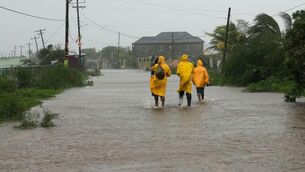Surrogate project puts plenty more fish in the sea
Idaho scientists begin the next big step next month, trying to produce a type of salmon highly endangered in that state — the sockeye — this time using more plentiful trout as surrogate parents.
The new method is “one of the best things that has happened in a long time in bringing something new into conservation biology”, said University of Idaho zoology professor Joseph Cloud, who is leading the US government-funded sockeye project.
The Tokyo University inventors dubbed their method “surrogate broodstocking”.
They injected newly hatched but sterile Asian masu salmon with sperm-growing cells from rainbow trout — and watched the salmon grow up to produce trout.
The striking success is capturing the attention of conservation specialists, who say new techniques are badly needed. Captive breeding of endangered fish is difficult, and attempts to freeze fish eggs for posterity so far have failed.
“They showed nicely that they produced the fish they were shooting for,” said John Waldman, a fisheries biologist at Queens College in New York.
“Future work should look to expand this approach to other fishes in need of conservation, in particular, the sturgeons and paddlefish,” he added.
“We have a lot of species around the world that are really in danger of becoming extinct.”
The Japanese researchers’ ultimate goal is to boost the rapidly dwindling population of bluefin tuna, a species prized in a country famed for its tuna appetite.














